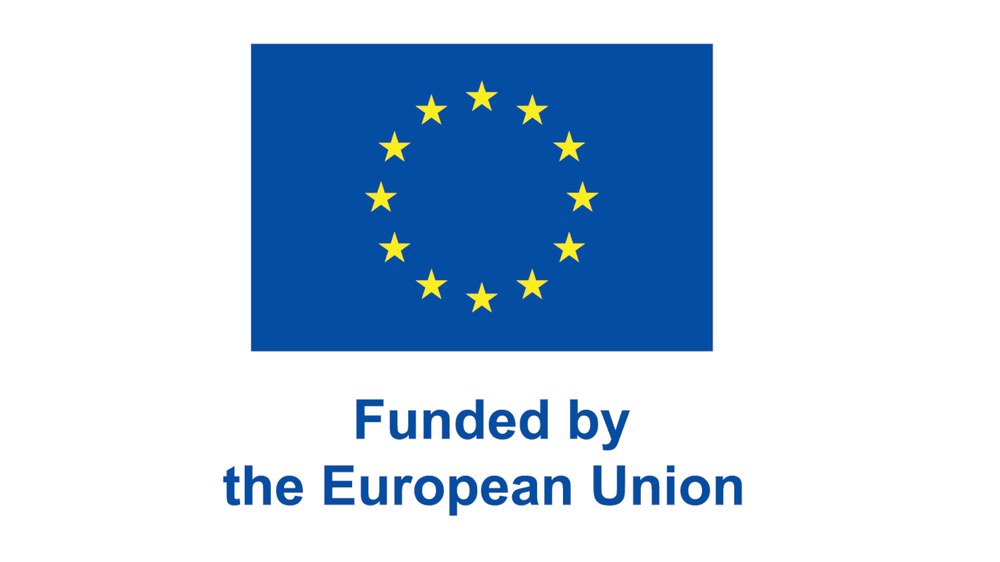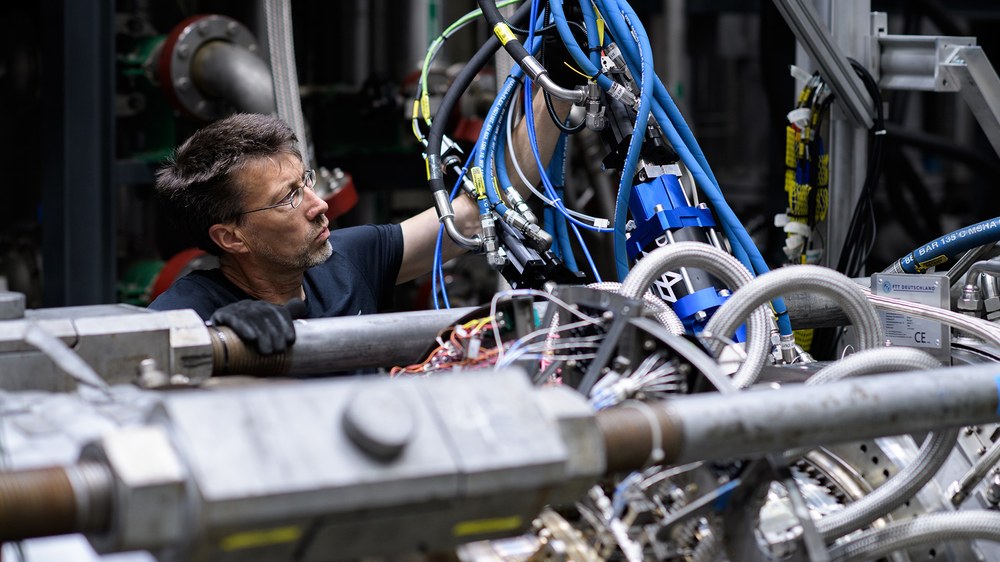From dual-fuel engines to hydrogen propulsion
In order to achieve the European Union's target of CO2 neutrality in the aviation industry by 2050, research and development of new propulsion methods is required. Hydrogen-powered aircraft engines will play an important role in combating greenhouse gas emissions from aircraft engines, but at the same time economic, political and technological factors are working against this goal. The introduction of dual-fuel engines is therefore a necessary step on the road to climate-neutral aviation.
The CAVENDISH (Consortium for the advent of aero-engine demonstration and aircraft integration strategy with hydrogen) project aims to lay the foundations for carbon-neutral aviation by demonstrating a hydrogen-powered aircraft engine on the ground, followed by a full flight test. In parallel, it will develop and validate dual fuel injectors capable of burning liquid fuels and hydrogen in combined or single mode. The development of a dual-fuel combustion system presents new challenges. Ensuring lower pollutant emissions compared to conventional combustion while maintaining safe operation in all phases of flight is beyond the current state of the art. The Institute of Propulsion Technology is playing a dual role. Firstly, we will investigate two Rolls-Royce Deutschland dual-fuel combustion systems and, secondly, we will develop and validate a research-oriented dual-fuel injector based on completed and ongoing research work in the SkaMa-SLM, Eco2Fly and WotAn projects.
Our test facilities, the Single Nozzle Sector Test Stand and High-Pressure Test Facility HBK1, have optical access to the combustion zone. In collaboration with our Engine Measurements Department, we will investigate the emission characteristics of dual-fuel combustion using laser-based diagnostics and intrusive exhaust gas analysis, as well as particle measurements at the end of the combustion chamber. This will pave the way for further advances in sustainable aviation.
Together with the nationally-funded TeTeANT-H2 project, CAVENDISH provides the framework for investigating the use of dual-fuel combustion systems in future aircraft and addressing the key challenges.
Running Time
2023 - 2026
Keywords
Dual Fuel, Hydrogen, SAF, Aviation, Sustainability, Clean Aviation

Europäische Union
Project participants
Technische Universität Darmstadt - Fachgebiet Simulation reaktiver Thermo-Fluid Systeme | Loughborough University - National Centre for Combustion and Aerothermal Technology |

